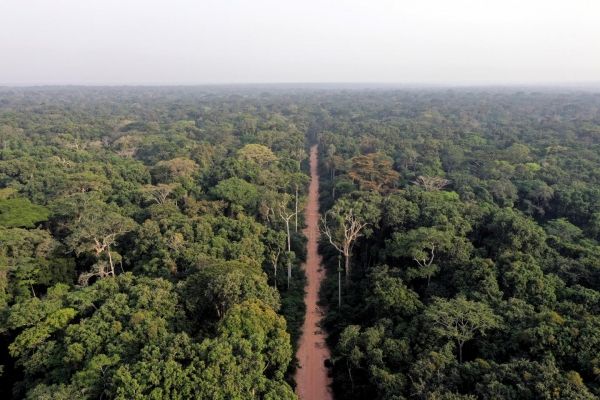Central Africa is home to the world's second-largest area of dense tropical rainforest. This major reservoir of biodiversity stretches out over five main countries: Cameroon, Gabon, the Republic of Congo, the Democratic Republic of Congo and the Central African Republic. It provides numerous ecosystem services, such as regulating exchange cycles between the earth and the atmosphere, and helps to ensure food supply for local populations. Due to the threats from climate change and demographic pressure expected in Africa by the end of the 21st century, the protection and sustainable management of these forests is a challenge for policy makers. It requires better knowledge of these ecosystems, in particular their composition and vulnerability to the changes under way.
Mapping forest composition and vulnerability
During the study, the researchers worked with forestry consultants and logging companies to compile a new inventory dataset of 6 million trees on over 185,000 plots of land. They first modelled and mapped the floristic and functional compositionThe functional characteristics taken into account included wood density, dominant foliage type (deciduous or evergreen) and maximum tree diameter.of Central African forests and calculated their vulnerability, taking account of the different climate scenarios of the Intergovernmental Panel on Climate Change (IPCC) and the United Nations’ population projections for the end of the century.
Read more at Institut de Recherche Pour le Développement
Image: A road crosses a forest in Northern Congo (Credit: © IRD - Nicolas Barbier)


